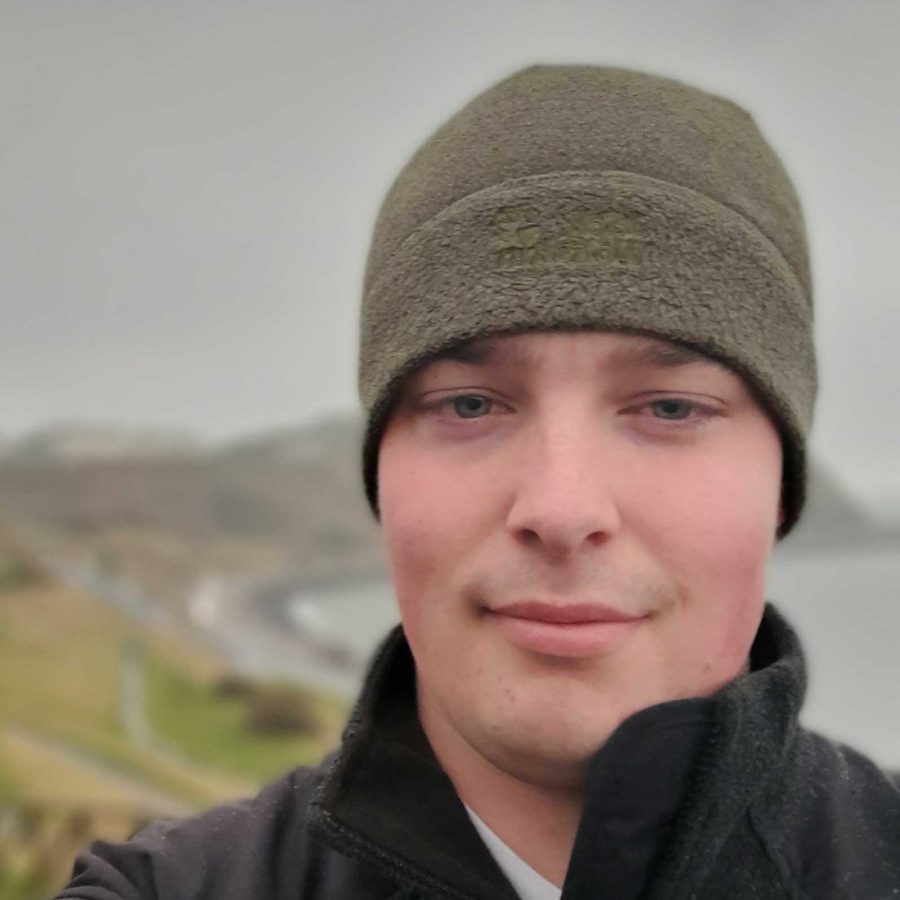Quantifying the geothermal resource in place is a critical aspect in the design of an engineered geothermal system. This research is developing new theoretical models designed to predict the geothermal resource in place, and is testing these with reference to data obtained during drilling within the deep fault system in the southern St Austell Granite at the Eden Project.
This project seeks to develop two alternative approaches which, while created for and validated on the Eden Project site, are equally suitable for application at other locations.
- The first approach characterises the deep underground heat correlation structure with multiple point statistics, as opposed to conventional two-point correlation measures. Compared with classic geostatistical techniques, this approach requires less measured data and more input from structural geological modelling of the deep underground.
- The second approach also uses insight of the geological structure of the underground to configure heat zones and the cycling of heat between these zones. This approach explores heat transfer using techniques developed for chemical engineering reactor systems.
Using measured data obtined during the drilling programme, the suitability of the geostatistical and chemical engineering approaches has been investigated, with emphasis on understanding the role of deep faults at the Eden Project site. The findings are being used to propose a generic approach to modelling the geothermal resource in place for future deep fault geothermal systems in the UK and overseas.
Outputs
- Data relating to the variation in temperature with depth and its implication for the local-to-regional heat flux
- Comparison of modelling approaches for an engineered geothermal system in a deep underground fault
- Scenario analysis of an engineered geothermal system at the Eden Project site
- Laying foundations for future exploration and build-up of knowhow to support future mining graduates in this field.

Ben Adams is undertaking this research, supervised by Professor Hylke Glass and Dr Robin Shail. Ben was on site throughout drilling, and was very hands-on, working alongside the GeoScience geology team.
Ben studied Geology and Petroleum Geology at the University of Aberdeen and has an MSc in Mining Geology from the Camborne School of Mines. For his dissertation project, he worked on wolframite variation and distribution within the Hemerdon tungsten-tin deposit in Devon.
He is a member of the Society of Economic Geologists Student Chapter within the Camborne School of Mines and a student member of the Institute of Materials, Minerals and Mining. He has gained industry experience with Tungsten West Ltd., where, after completing his dissertation, he returned to volunteer by analysing data collected during their most recent drilling programme using a Geotek core scanning system.








